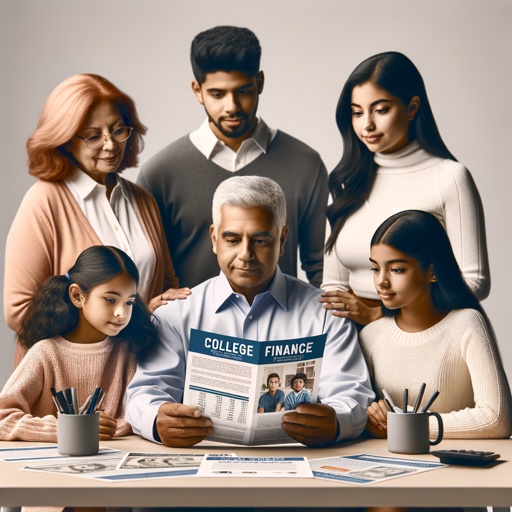The Soaring Price of Dreams: Navigating the High Costs of College Education for Today’s High School Families

Many of us have been there at some point in time, for us it was just a little over 4 years ago when our youngest daughter was going through her college admission process. I knew what to expect to send our second child to a top out-of-state college and fortunately we had worked many years to be ready for it.
We know too well how, in an era where higher education is more important than ever, the skyrocketing cost of college looms like a specter over families with high school students.

Today, the cost of a college education goes far beyond tuition fees. Public institutions, once bastions of affordability, now charge an average of $10,000 per year, with private colleges averaging around $35,000. But the expenses don’t stop there: textbooks, accommodation, meals, transportation, and other living expenses can add thousands to the yearly bill. These figures, rising consistently, have placed an enormous burden on families and students alike.
The past decades have seen a steady and steep increase in college costs. If this trend continues, future students could face even more staggering expenses. Administrative bloat, facility upgrades, and the integration of costly technology have been identified as major drivers of these increases. Experts predict a future where college costs could double or even triple, posing a significant challenge to the sustainability of the higher education system. This is especially true in an economy where real wages for the vast majority of Americans has barely kept up with inflation.
The financial strain of college fees is reshaping family dynamics and student choices. Middle and lower-income families face the most significant challenges, often resorting to hefty student loans that lead to long-term debt. Financial constraints force many students to opt for community colleges, delay their education, or forgo college altogether, reshaping their career and life trajectories.

In response, families and students are exploring scholarships, grants, and financial aid programs more than ever. Early financial planning, savings plans like 529s, and informed financial decisions have become crucial. Alternatives like online courses, vocational training, and apprenticeships are increasingly considered viable paths.
The escalating cost of college education is reshaping societal views on higher education. The labor market could see a shift as more individuals choose non-traditional education routes. This raises questions about the sustainability of the current higher education financial model and its long-term implications on society. The challenges of affording a college education are complex and multifaceted. Families and students must navigate these waters with careful planning and consideration of alternatives. The question that remains is: How will our society adapt to ensure that higher education remains accessible and sustainable for future generations?

To complicate the issue and make all this even more frightening, a majority of high school students are unsure about what is right for their future and the pace at which technology changes, it is totally understandable. Yes, all the illustration in this articles were made with AI and a good part of the research and story as well. What does that mean for their future. In my opinion, the best way to address this is to get into the action, to learn by doing, to get involve in a way into the world of professional. My daughters worked part-time on Tethys while they were still in high-school, one of them testing software product in collaboration with developers in Brazil, the second one did a variety of consulting and research projects. For the parents or students reading this, nothing stop you. Join the platform and invite an employer or two you would like to work with, sharpen your skills, show what you can and are willing to do. With that uncertainties will dissipate, learning will become real, and the income related to the value created will help fund this brilliant future ahead.



